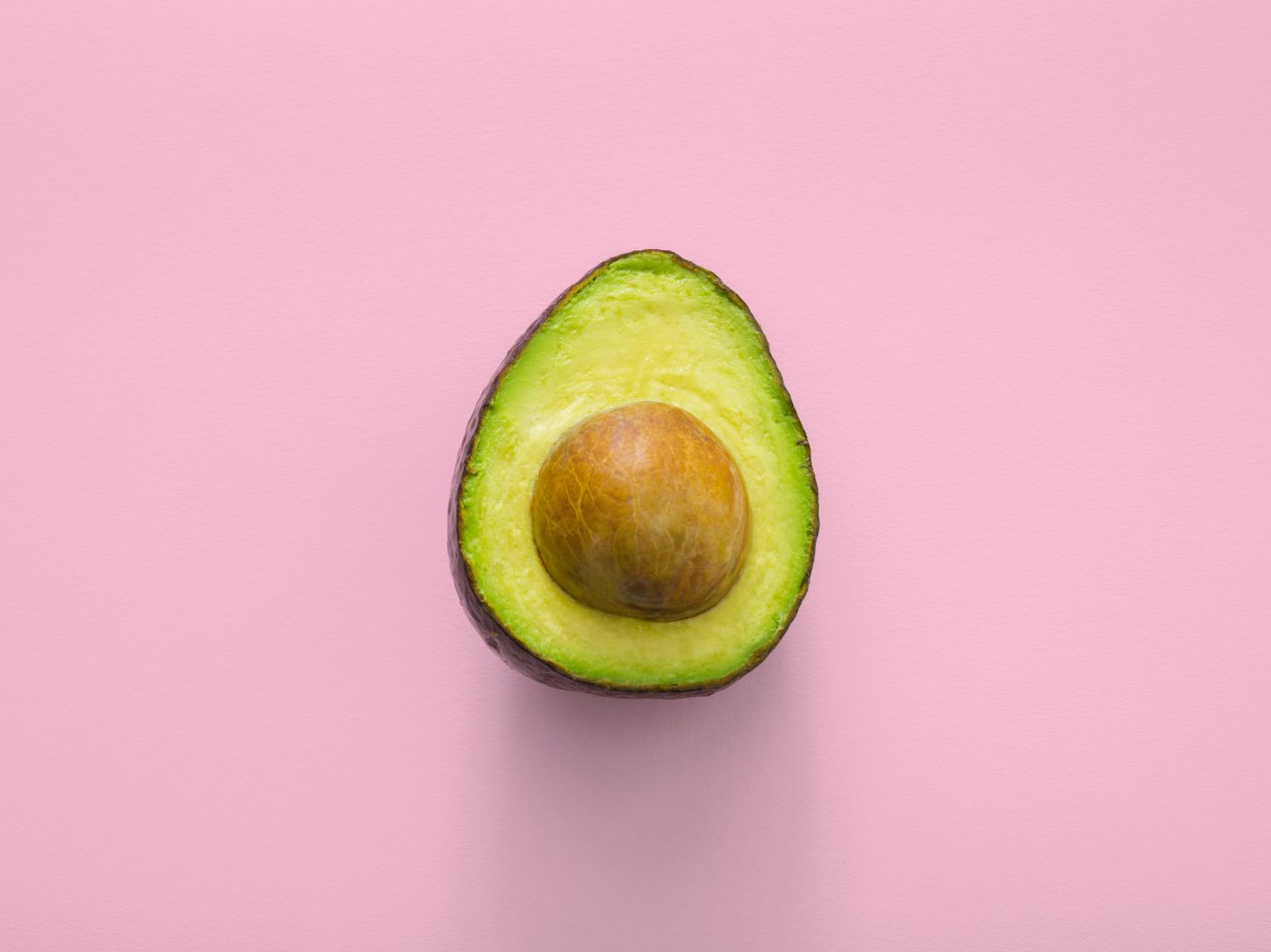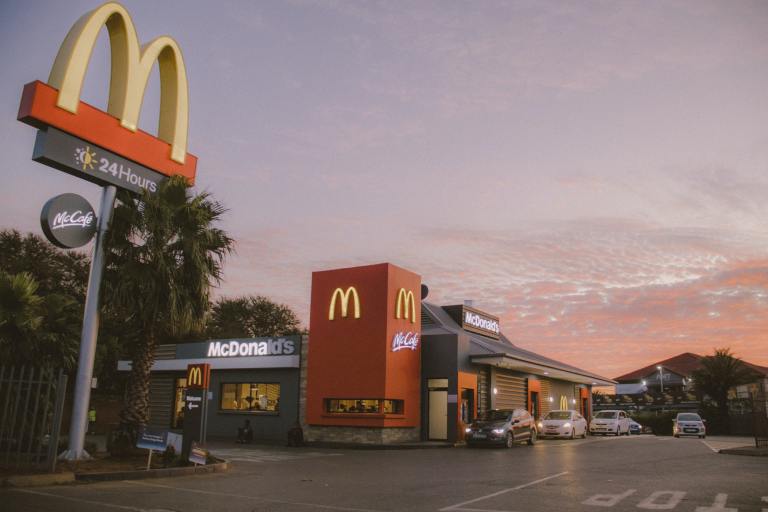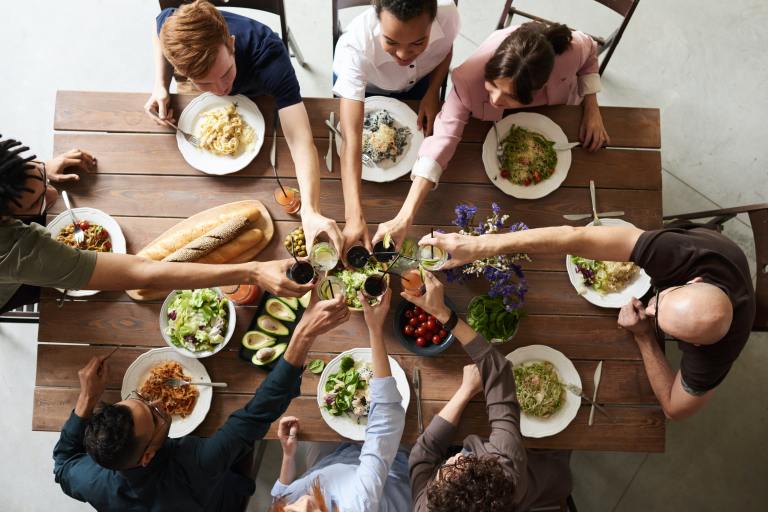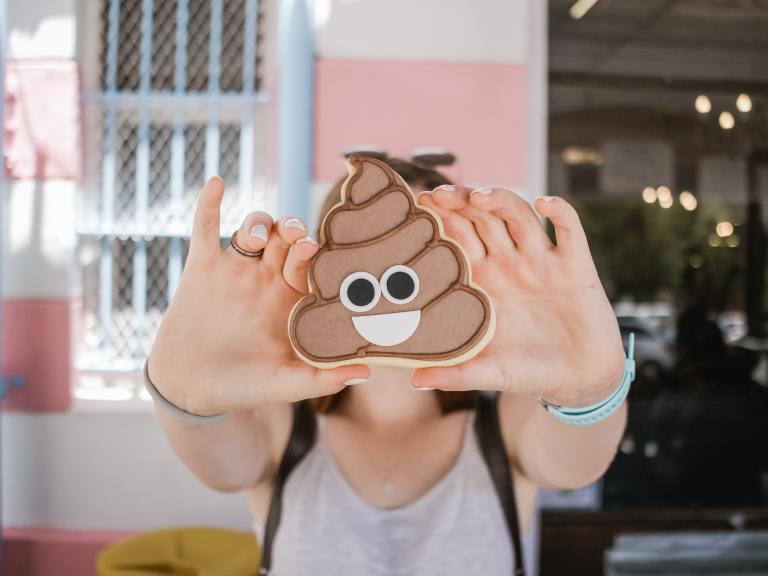
12 ‘Healthy’ Foods That Are Making You Fat (Says A Personal Trainer)
A reputable professional dedicated to physical fitness tells us what we're getting wrong about eating well.
Joey Rehavi is a New York City based, military certified personal trainer. He served in the Army Special Forces for seven years, in combat and as a Master Trainer. Through Corefit101, he offers one-on-one sessions combining elements of core definition training, bootcamp, Crossfit, muscle strengthening, and toning.
1. Avocados
Yes, they’re green, but that vibrant color is deceiving. Avocados are not a vegetable. They’re a fruit (technically, a single seeded berry!), and they’re high in fat and calorically dense. When you slice open an avocado to make artisanal toast or a batch of guacamole, keep in mind that 1/5 of an avocado equates to a single, 70-calorie serving. An entire avocado contains about 350 calories on average, making it more like a full meal than a casual side dish.
2. Nuts
Sure, nuts are rich in protein, antioxidants, vitamins, minerals, etc. But the fact is that they’re rich in calories and fat, too. The chart below, which lists the caloric content for a 100 gram serving (approximately 2/3 a cup) of all your favorite nuts, will make your eyes pop out. The next time you decide to snack on a mere “handful” of nuts, remember that you’re downing anywhere from 213 calories (chestnuts) to 718 calories (macadamias)!
Calories Per 100 Grams
chestnuts: 213 calories
cashews: 553 calories
pistachios: 557 calories
peanuts: 567 calories
almonds: 575 calories
hazelnuts: 628 calories
walnuts: 654 calories
pecans: 691 calories
macadamias: 718 calories
3. Salted liquids (aka “soups”)
A cup of Campbell’s condensed soup contains roughly 810 mg of sodium. If you eat the entire can, you’re looking at 2,030 mg of sodium—an entire day’s worth of the salt you should be consuming, not an appetizer’s worth. Look for healthier options, which include about 400 mg of sodium. Unless of course you enjoy gaining water weight and looking bloated.
4. Dried fruit
Dried fruits have the water “squeezed out” of them, which means that one cup of that tangy snack you love packs five to eight times more calories and sugar than a cup of actual fresh fruit. For example, one cup of fresh grapes is 60 calories while a cup of raisins is 460 calories!
5. Gluten-free foods
Eating gluten free under the guise of eating healthy can lead to deficiencies in iron, calcium, thiamine, riboflavin, niacin, and folate, because you end up consuming fewer nutrient enriched grain products. Plus, if you don’t eat enough of the fiber contained in whole grains, you might very well end up constipated. Gluten free packaged foods also tend to contain more calories from cornstarch and brown rice, typical replacements for regular flour.
6. Smoothies
Smoothies are essentially massive helpings of multiple fruits masquerading as a single, nutritious beverage. In addition to all fruit, you have to consider those extras (yogurt, peanut butter, chocolate, syrup, honey, caramel, cream, etc.), which are probably making you gain weight too. If you’re minding your diet, limit your smoothies to no more then two pieces of fruit and skip the extra ingredients entirely.
7. Fancy “coffee” drinks
Coffee beans are a 0% fat food product. But the second your plain ol’ cup o’ joe becomes a venti latte with 2% whole milk and whipped cream, you add roughly 600 calories and 12 teaspoons of sugar to the equation. Instead of downing a “coffee drink on steroids,” stick to a splash of fat free milk and a maximum of one sugar.
8. Chicken Burritos
Consider exactly what’s in the burrito that seems like such a sensible choice: tortilla, rice, pinto beans, cheese, chicken, sour cream, and salsa. That’s 1,020 calories, 16 grams of saturated fat, and 2,400 mg of sodium (read: way more than you should be eating in one meal). Lose the flour tortilla and order a burrito bowl or a salad to shed some of those needless calories. If you really want a flat stomach, cut out the rice too.
9. Yogurt
A single serving of plain yogurt is just 100 calories and provides an awesome dose of bone-building calcium. But a small cup of yogurt with syrupy looking “fruit” on the bottom and granola as a topping can contain up to 250 calories and 46 grams of sugar. Buy the boring, plain, fat-free yogurt and add some fresh fruit or natural honey if you crave a hint of sweetness. Fat-free Greek yogurt is even better because it’s naturally lower in sugar and it has more protein, which will keep you satisfied longer and help you build and strengthen those muscles.
10. Sushi
Often, “special” sushi rolls include rich, high-calorie ingredients like cream cheese, spicy mayo, tempura-battered shrimp, and lots of sticky white rice. You also have to beware of what you’re dipping those delicious bite-sized pieces of fish into, because soy sauce is typically loaded with sodium. When ordering Japanese food, opt for sashimi, brown rice sushi, or the most simple rolls on the menu.
11. Veggie burgers
Veggie burgers have less fat and cholesterol than traditional beef patties. Like any burger, however, you can easily add 1,000 calories or more by piling on the cheese, ketchup, and mayo, and sandwiching it all in an enormous bun. Go easy on the toppings, drop the bread, and plate your burger on a bed of greens if you want to slim down.
12. Tofu
Tofu is packed with iron, calcium, and protein, and a half a cup of the raw stuff contains just 94 calories. The problem is that tofu can also sponge up the oil you’re cooking with, thereby transforming your healthy meal into a veritable fat bomb. ![]()










